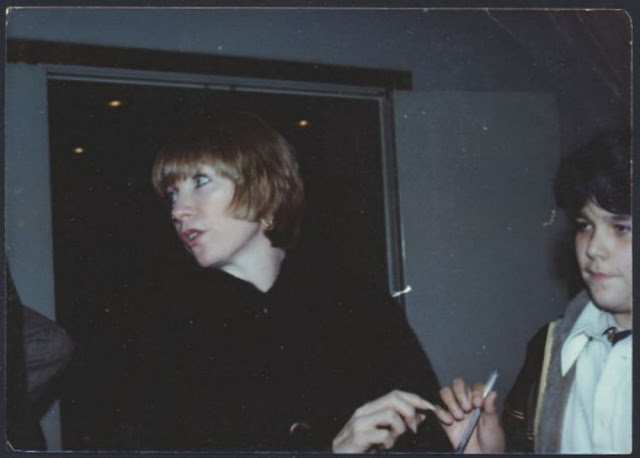Born on April 24, 1934, in Richmond, Virginia, Shirley MacLaine has enjoyed an impressive career in film, television and the theater for more than six decades. She was originally named Shirley MacLean Beaty. Her first name was reportedly inspired by the famed child actress Shirley Temple. She later adapted her mother’s maiden name, “MacLean,” into her stage name of “MacLaine.”
In the mid-1960s, Twentieth Century-Fox offered her a salary of $750,000 on a “pay or play” basis to appear in a movie adaptation of the musical Bloomer Girl, a fee equivalent to the paydays enjoyed by top box office stars of the time. However, the project was cancelled, triggering a lawsuit.
MacLaine was top-billed in Two Mules for Sister Sara (1970), in a role written for Elizabeth Taylor, who chose not to appear in the movie. The Western film was a hit, primarily due to her co-star Clint Eastwood, one of the top box office stars in the world at that time. The film’s director, Don Siegel, said of her: “It’s hard to feel any great warmth to her. She’s too unfeminine, and has too much balls. She’s very, very hard.”
She then moved on to television, cast as a photojournalist in a short-lived sitcom, Shirley’s World (1971–1972). Co-produced by Sheldon Leonard and ITC Entertainment, the series was shot in the United Kingdom. As part of the deal, Lew Grade produced the low-budget drama Desperate Characters (1970).
MacLaine put her career on hold as she campaigned for George McGovern during the 1972 presidential election, including the Democratic primaries. In 1973, her friend, writer and director William Peter Blatty wanted to cast her for the role as the mother in The Exorcist. The role was eventually played by Ellen Burstyn. MacLaine declined the part since she had recently appeared in another film about the supernatural, The Possession of Joel Delaney (1972).
MacLaine’s documentary film The Other Half of the Sky: A China Memoir (1975), co-directed with film and television director Claudia Weill, about the first women’s delegation to China in 1973, was released theatrically and on PBS, and was nominated for the year’s Academy Award for Best Documentary Feature Film.
MacLaine returned to onstage live performances during the 1970s. In 1976, she appeared in a series of concerts at the London Palladium and New York’s Palace Theatre. The latter of these was released as the live album Shirley MacLaine Live at the Palace.
MacLaine started a career comeback with the drama The Turning Point (1977), portraying a retired ballerina. Her performance in the film received critical acclaim, earning her a fourth nomination for the Academy Award for Best Actress.
She was awarded the Women in Film Crystal Award in 1978 for outstanding women who, through their endurance and the excellence of their work, have helped to expand the role of women within the entertainment industry.
In 1979, she starred alongside Peter Sellers in Hal Ashby’s satirical film Being There. The film received widespread acclaim with Roger Ebert writing that he admired the film “for having the guts to take this totally weird concept and push it to its ultimate comic conclusion.” MacLaine received a British Academy Film Award, and Golden Globe Award nomination for her performance.







































.jpg)